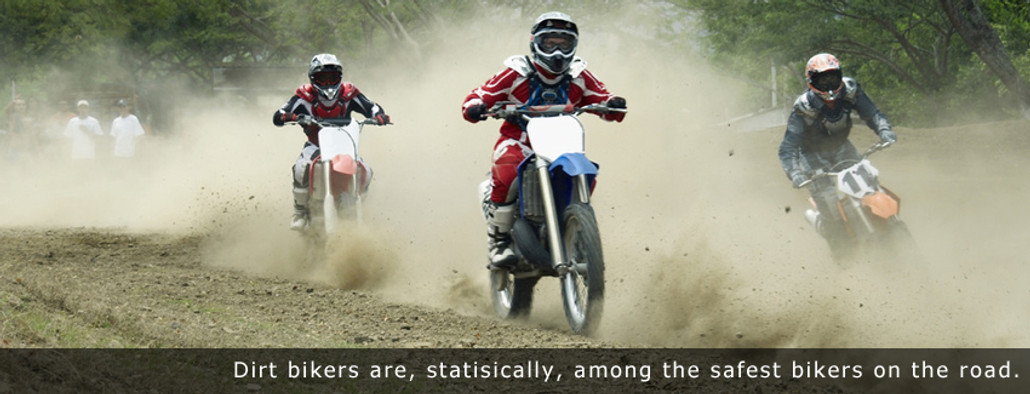How do we learn to ride?
Posted by Ben Baker on Aug 2nd 2017
Want to blow a mathematician's mind? Ask him how a human learns to balance on two wheels or even one wheel.
If you are going to ride a motorcycle (excluding trikes from this discussion) you've got to learn how to balance on two wheels. Nearly all of us learned on a bicycle and moved up as we got older.
Someone is going to point to the new BMW self balancing ride. Great, as long as the bike is charged. When the batteries die you better hope the kickstand is down, your feet or down or you are going over if you can balance on two wheels.
So how do we learn to balance on two wheels be they motorized or pedal-powered?
The short answer is: We're still not sure.
Science is getting closer to the answer. The most recent research says body movement has a lot to do with. "Though everyone seemed to balance pretty much equally at slow speeds, better bikers used smaller and more effective body and steering movements to stay upright when the bike was moving quickly. It seems that because skilled cyclists are better at, you know, having bodies, they don’t need to make large corrective moves as often as their less-skilled peers," says a report at CityLabThe short answer is: We're still not sure. on the physics of being on two wheels.
First, a two-wheeler has some inherent stability. "The link between leaning and steering gives rise to the bicycle's most curious feature: the way that it can balance while coasting on its own. Give a riderless bike a shove and it may wend and wobble, but it will usually recover its forward trajectory," writes Brendan Borrell for Nature.
The Nature article goes on to explain, in pretty simple terms, how a bike is stable. But it does not say how a human learns to stay upright on two wheels.
The most recent study on how humans stay balanced on two wheels was done on bicycles in a lab, but it applies to scooters. The study is published in PLOS and has LOTS of painful math. It does not explain how we learn to ride or why it is so hard. But it does deliver some results.
One of the non-painful results of the study is "Compared to non-cyclists, cyclists utilized greater rider lean than steering to maintain balance, especially at higher speeds. Greater rider lean control decreased the need for additional steer control required to maintain balance. This conclusion is supported by the above observation that cyclists achieved better balance performance than non-cyclists despite exhibiting lower cross-correlation between steer and bicycle roll rates."
And "In addition to achieving higher balance performance, cyclists also employ significantly smaller balance control inputs than non-cyclists."
In other words, experience matters. The more you ride, the more you learn how to feel the ride and make those tiny automatic adjustments. Inexperienced riders don't know how precisely when to make those adjustments. When they do shift, they tend to overcompensate or it is too late to avoid going down.
This idea is borne out in crash statistics too.
"Motorcycle riders between the ages of 16 and 24 are significantly over represented in accidents; motorcycle riders between the ages of 30 and 50 are significantly underrepresented."
and
"More than ½ of the accident-involved motorcycle riders had less than 5 months experience on the accident motorcycle, although the total street riding experience was almost 3 years. Motorcycle riders with dirt bike experience are significantly underrepresented in the accident data," says a report from HG legal resources.
Blow your own mind with this backward steering bicycle and be glad our rides don't steer this way.

